A beautiful early, low-denomination milled Japanese coin.
This is my entry for Day 10 “J” of the Blogging from A-Z April Challenge!
J = Japan.
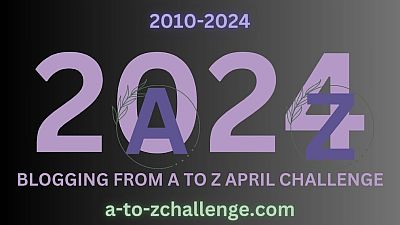
Taishō era
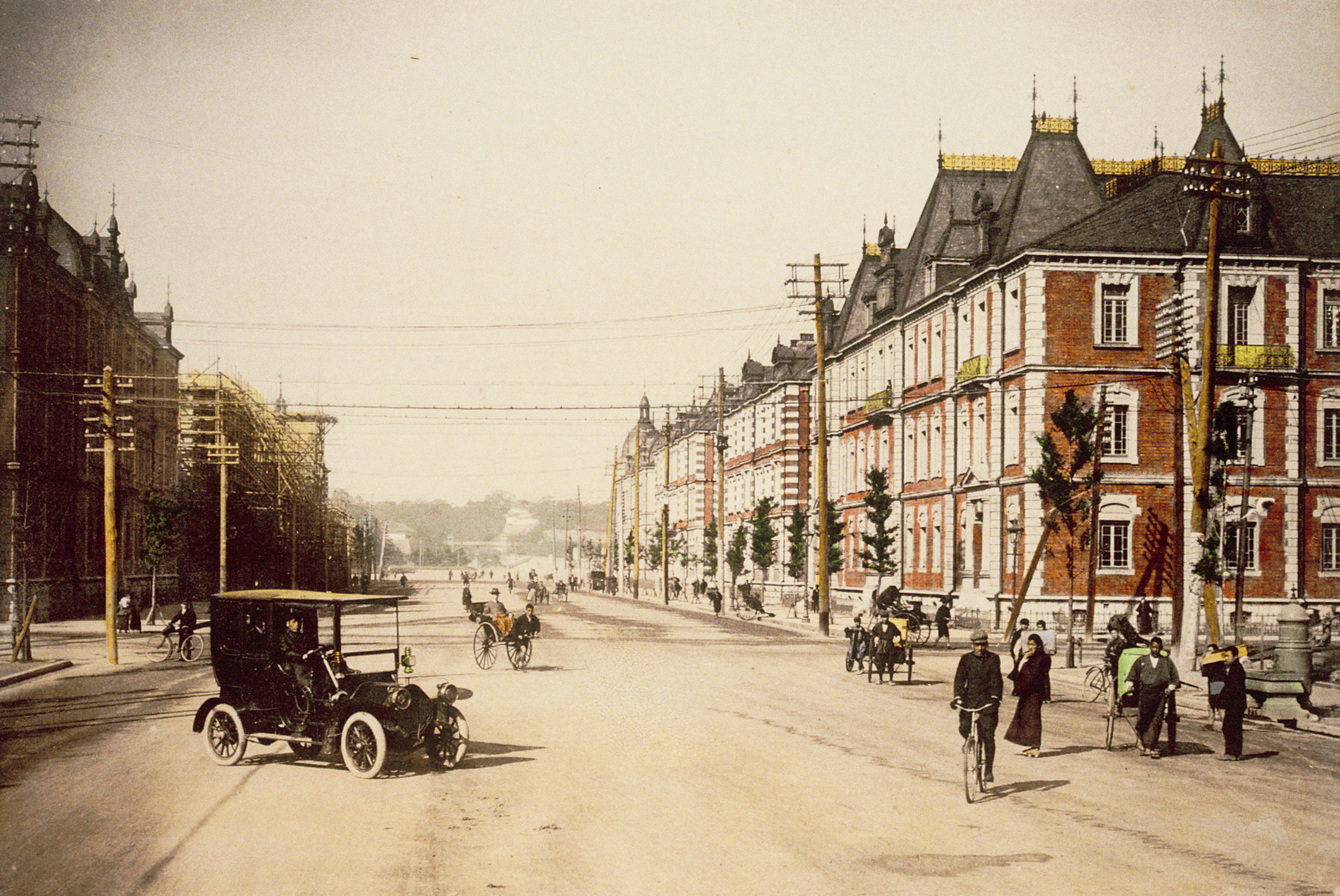
The Meiji restoration of 1870 saw Japan move from a pre-industrial, feudal society, to a modern industrial nation, whilst also restoring the power of the emperor. Numismatically, the period saw the almost instant transition, in production at least, from traditionally cast coins such as the 1768 4 Mon and 100 Mon from the early 1800s previously covered, to modern minting methods. The first milled coins were silver and gold, from 5 Sen up to 20 Yen (1 Yen = 100 Sen). In 1873, Bronze coins were issued in values of 1 Rin (1/10 Sen) up to 2 Sen.
Many of the early coins featured intricate designs of dragons and flowers. This continued through the Meiji era (1868 – 1912) and the Taishō era (1912 – 1926). Today, three of the five regular circulating coins still feature flowers, with the other two using branches or stalks of plants as well. Modern mint sets often highlight flowers, such as cherry blossoms.
The Meiji period to 1912 was characterised by change and sometimes chaos. The early part of the Shōwa era (1926-1989) by WWII. Between them, the Taishō era (1912 – 1926) was known as a period of relative liberal democracy. The emperor was not in good health, allowing for a rise in power and influence of various political parties. During WWI, Japan maintained its occupation of Korea and Taiwan, and extended into parts of German controlled China. Today’s coin was issued in 1915, early in the Taishō era.
Obverse
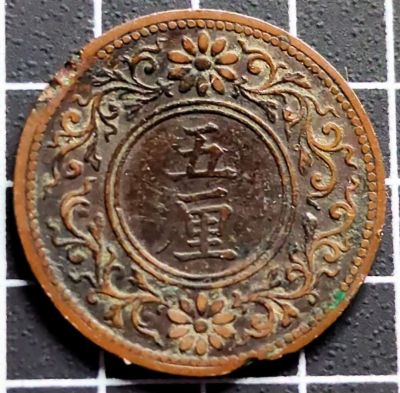
The obverse of the coin features the value, 5, 五 over the character Rin, 厘 within a very thick, decorative floral-design border. Interestingly, there were only ever two Rin coins issued (with a value less than 1 Sen). This coin, and a 1 Rin coin issued 40 years earlier. This 5 Rin coin was worth half a Sen.
The flower at the top and bottom is the Chrysanthemum. In Japan, the chrysanthemum is the emblem of the imperial family and appears on Japanese passports. The flower represents fall and is often used as a floral offering or as a Buddhist flower. Its ornate bloom.
Reverse
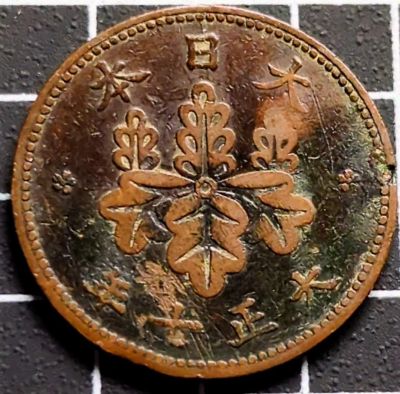
The main design on the reverse is the Paulownia Flower. This is the Government & Prime Minister Seal of Japan.
This has been used on several coins, notably this 5 Rin, the 1 Sen coins from 1916 to 1938, and the 500 Yen coin used from 1982 to the present. The image has been used on many other coins, however it features as a prominent, main design on these particular pieces. Here is one of each of those coins side by side:
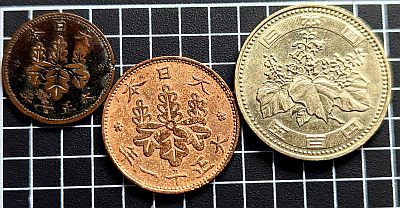
The coin also features text above and below the design, which reads: “Great Japan” above and “Year 5 of Taishō” below. There are small Cherry Blossoms, ❀, either side of the main flower.
Counting in Japan
Like with western numbers, counting in Japanese, mostly involves the use of characters 0 – 9. Here are those characters with the number, the Kanji (Japanese character derived from the Chinese, as used on coins), and simple pronunciation. In fact, pronunciation changes depending on the context, but this is how it is read when reading 0 – 10:
- 0 零 rei, zero
- 1 一 ichi
- 2 二 ni
- 3 三 san
- 4 四 shi, yon
- 5 五 go
- 6 六 roku
- 7 七 shichi, nana
- 8 八 hachi
- 9 九 kyuu, ku
- 10 十 Juu
Here is a selection of the later 1 Sen coins from the Shōwa Era. This design was issued from year 2, 1927, to Year 13, 1938. The date is written at the bottom, with a 年 symbol to the left, indicating “Year” and 和 昭 to the right, meaning “of Shōwa”. The year itself is read backwards. Year 15 would be written:
年五十和昭. That is:
年 (year) 五 (five) 十 (ten) 和昭 (of Shōwa).

Can you work out the years? Check Numista for the answers. Numista is generally very good at listing the full inscription for each year on most Japanese coins, although it definitely helps to know roughly how to read them.


Leave a Reply